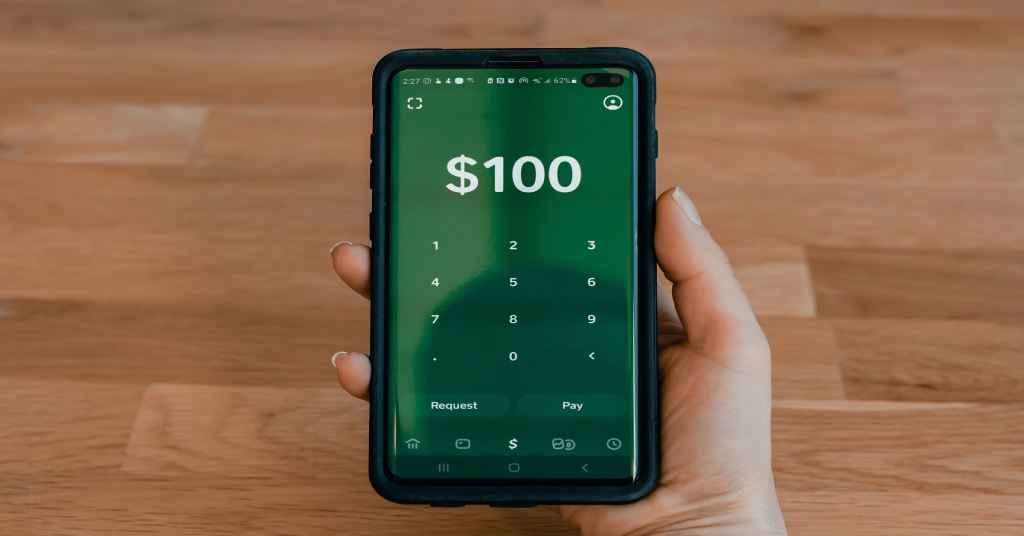The Covid-19 pandemic has driven a “global surge” in digital payments, with two-thirds of adults worldwide now making and receiving digital payments

Source: unsplash.com
The World Bank’s Global Findex 2021 database shows that the number of people using digital payments rose from 35% in 2014 to 57% in 2021 in developing economies and from 88% in 2014 to 95% in 2021 in high-income economies.
Over 40% of adults in developing economies other than China made commercial payments using a payment card, mobile phone or the internet for the first time due to the pandemic. Over 30% of the same population first made the utility payment by digital means in this period.
The growth in digital payments goes alongside an increase in account ownership. About 76% of adults globally now have an account at a bank, another financial institution, or mobile money provider. Five years ago, 68% of adults had a formal bank account, while in 2011, only 51% of the global population were account-owners.
In addition to the pandemic impact, the research identifies “receiving digital payments such as a wage payment, a government transfer or a domestic remittance” as a powerful driver in the uptake of digital payments and other financial services. Most people quickly transitted from using bank accounts for purchases to other features. Almost two-thirds of payment recipients used their account to store money, about 40% to save and about 40% to borrow money.
The World Bank research also reveals some regional differences. Thus, Sub-Saharan Africa displays an exceptional growth in mobile money accounts. One-third of adults now have one, compared with the 10% global average. 82% of adults in China make digital merchant payments, compared with 23% in the rest of East Asia and the Pacific.
SEE MORE:
As digital payment methods compete, eWallets continue to emerge as frontrunners
Mastercard signs partnership to ease digital payments in Japan
Emerging digital payment trends to watch in $100 billion iGaming sector









